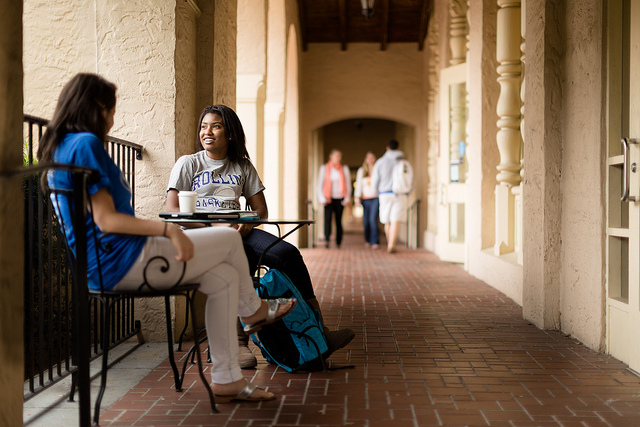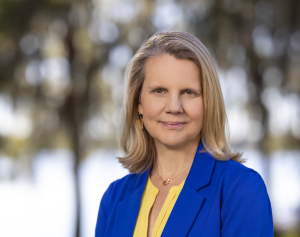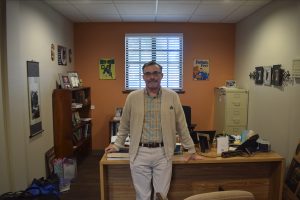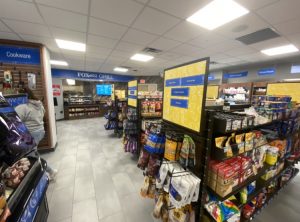Two science students, Catherine Deuchler ‘18, a Biochemistry and Molecular Bio major, and Papaa Kodzi ‘20, a Pre-Engineering major, will work alongside faculty this summer as a part of the Student-Faculty Collaborative Scholarship program.
Rollins offers the program every summer and it gives students the chance to learn from their professors, conduct publishable reserach, and even get paid in the process.
Deuchler will be working with Dr. Jay Pieczynski, assistant professor of Biology. Kodzi is partnered with Dr. Samantha Fonseca, assistant professor of Physics.
Deuchler’s research will focus on the study of small proteins called kinesins, specifically called KLP-4. These proteins “carry things around in your cell, and so are responsible in part for cellular trafficking,” wrote Deuchler in an email correspondence.
In one’s neurons, which are the cells of one’s nervous system, “they are also responsible for trafficking certain neurotransmitters, so we are looking at what mutations affect how they traffic certain neurotransmitters,” wrote Deuchler.
Kodzi will focus his project on computational chemistry and quantum physics. “We are trying to make a computer program to model electron tunneling trajectories. We are going to be using the Bohmian formalism to guide the analysis.”
Both Deuchler and Kodzi will be presenting their research at national conferences.
The process for summer research occurs “Each spring, [when] a faculty committee meets and reviews the proposals and based on the quality of proposals, [awards funding] to as many projects as possible,” as described on the program’s page on the Rollins website.
The program runs for eight weeks, and students and faculty are each given a stipend. Students are also given the option of living on campus for the summer. The length of research extends past the summer period, as students continue “to do research, write papers and present at conferences throughout the year,” explained the program’s webpage. Each project results in a peer-reviewed publication, “or the professional equivalent for scholarship in the arts, co-authored by the students and faculty member.”
Kodzi described the process of getting involved with the research program. Once he found out that the research program was offered at Rollins, he “immediately wanted to participate.” Kodzi said, “I approached one of my professors and asked her about her research and whether she would be interested in partnering with me. Then I worked on writing a proposal that explained in detail what the plans were for the research.”
Deuchler was also interested in research from the start and said, “I think that one of the big draws of Rollins is the accessibility of the professors and their research to all students.” She described being interested in what her biology professor was doing in his “crazy intimidating lab.”
Overall, Deuchler is thankful for the experience. “I think one of the most valuable aspects of the research is getting to work directly with a professor and being trained by them. Working with Dr. [Pieczynski] and being able to learn directly about this material is an incredible opportunity to have my limits as a student stretched and pushed to a more complete understanding of my field,” said Deuchler.
Deuchler advised students to, “Do it as soon as you can! If you get along well with a professor, ask them what their research is! Talk to older students to see about their experience with research, and take advantage of the small school environment!”
Kodzi emphasized the importance of starting early and leaving oneself plenty of time to prepare and edit one’s proposal alongside one’s professor. He said, “Be enthusiastic. Start Early. Schedule more editing meetings than you think you need.”
As an added benefit of participating in the program, the webpage said that it “enhances a student’s position when applying for competitive scholarships, fellowships, graduate programs, or employment opportunities.”
Students of any major are eligible to apply after their freshman year.







Be First to Comment